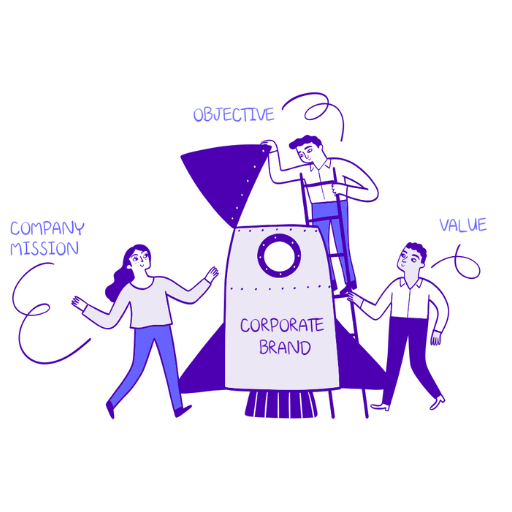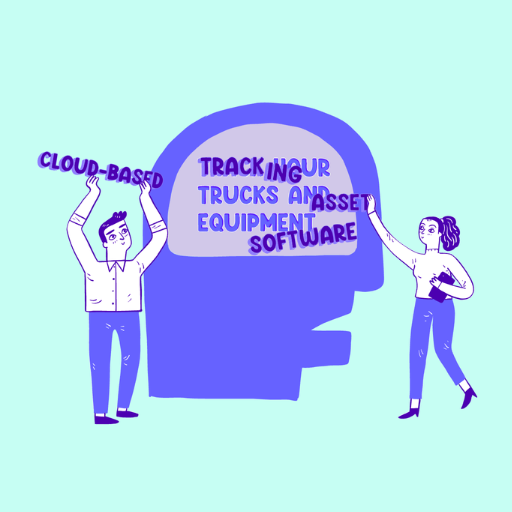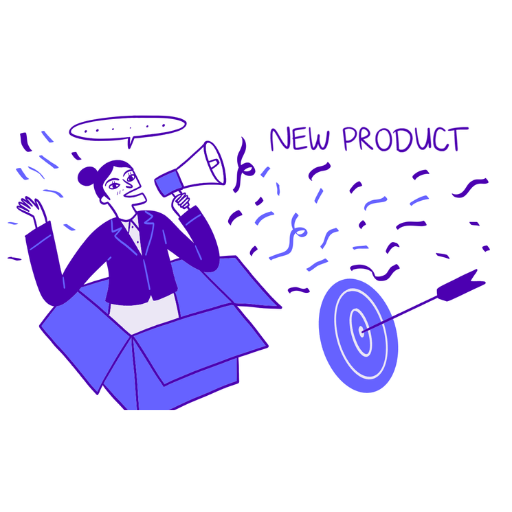
What do Coca-Cola, political campaigns, and soap have in common?
They all rely on undifferentiated marketing, also known as mass marketing, to reach as many people as possible with a single, clear, and compelling message.
These days, most brands focus on targeting narrow groups of customers. That’s why broad, one-size-fits-all marketing often gets overlooked. But when done right, it can be one of the most effective ways to get noticed, stay consistent, and scale.
Here’s how to know when mass marketing makes sense—and how to do it right.
What Is Undifferentiated Marketing?
Undifferentiated marketing is a strategy where a brand promotes one message to an entire audience without segmenting by demographics, behaviors, or preferences. It’s all about broad appeal.
Think of national TV commercials for toothpaste, mobile service providers, or Coca-Cola’s classic “Open Happiness” campaign. These messages aren’t tailored for a specific niche—they’re built for everyone.
This strategy sits in contrast to:
- Differentiated marketing, which tailors messages to distinct customer segments.
- Concentrated (or niche) marketing, which zeroes in on one specific group.
Undifferentiated marketing is simple. But simple doesn’t mean easy, or ineffective.
Undifferentiated vs. Differentiated Marketing: Key Differences
Here’s a quick side-by-side breakdown:

Both strategies have merit. The key is knowing which fits your brand, audience, and goals.
When Undifferentiated Marketing Works Best
Undifferentiated marketing isn’t right for every brand, but in the right context, it can be exactly what’s needed. It works best when your product has universal appeal, like bottled water, soap, or internet service—things people from all walks of life use. It’s also useful in early-stage branding, when you haven’t yet gathered enough data to segment your audience, but still need to build name recognition quickly.
And for legacy brands, consistency across every touchpoint can matter more than tailoring messages to different groups. When a brand wants to reinforce a single identity—whether during a rebrand, a public awareness campaign, or a major product launch—one clear message repeated consistently can strengthen trust and recognition.
Coca-Cola’s “Share a Coke” campaign is a great example. By swapping their logo for people’s names, they created a simple, universal idea that invited everyone in without changing the product.
Advantages of Undifferentiated Marketing
1. Cost Efficiency
One message. One campaign. Less complexity.
You don’t need separate budgets for different customer segments, which keeps production costs low. And because you're managing fewer assets, your team can focus on quality over quantity.
2. Faster Execution
Without the need to develop multiple versions, campaigns move faster from idea to launch.
You can respond quickly to market opportunities or competitive moves. That speed is often critical during time-sensitive moments like product launches or public announcements.
3. Brand Consistency
Every touchpoint reinforces the same idea—perfect for building long-term brand equity.
Consistency helps build recognition and trust over time. It ensures that no matter where someone sees your brand, they’re getting the same story.
4. Scalability
You can reach millions with a single, strong message—ideal for big launches or public initiatives. It’s easier to expand into new regions or platforms when your message doesn’t need to change. This makes undifferentiated marketing especially effective for national or global brands.
5. Message Clarity
One idea gets more attention than ten. Simple campaigns often have more staying power.
Clarity makes your message easier to remember and repeat. That’s a major advantage when you’re aiming for wide reach and long-term impact.
The Risks and Limitations of Mass Marketing
Let’s be clear: undifferentiated marketing has trade-offs.
1. Wasted Spend
You’ll reach people who don’t care—or don’t need what you offer.
That means money spent on impressions that never convert. Over time, this inefficiency can drag down ROI, especially for niche or premium products.
2. Generic Messaging
Trying to speak to everyone can result in saying nothing memorable to anyone.
Without a clear hook or emotional trigger, your message risks getting lost in the noise. Brands that try to please everyone often end up being forgettable.
3. Vulnerability to Niche Players
Specialized brands can outmaneuver you by offering tailored value to specific audiences.
They know exactly who they’re talking to—and those customers often respond more strongly to personalized messages. In crowded markets, focus can beat volume.
4. Limited Personalization
If customer experience is central to your brand, this approach might fall short.
Consumers now expect brands to “get” them, especially in digital spaces. A one-size-fits-all message can feel disconnected or tone-deaf to more nuanced needs.
Is Undifferentiated Marketing Right for You?
Here’s a quick checklist to help you decide:
- Do your customers all share similar needs or buying reasons?
- Are you building awareness at a national or global level?
- Is your product a household essential or universally understood?
- Can your brand voice and visuals resonate across cultures and demographics?
- Do you have the resources to support large-scale campaigns?
If you answered “yes” to most or all of these, your brand is likely a good candidate.
Executing Undifferentiated Marketing with Brand Clarity
Undifferentiated marketing still requires precision, just at a higher level. Here’s how to get it right:
Focus Your Message on a Shared Human Truth
People everywhere care about belonging, security, joy, and ease. Ground your messaging in emotions that transcend segments.
Build a Universally Appealing Visual Identity
Clean design, strong colors, and legible fonts travel well across markets.
Test Across Diverse Audiences
Even if your message is broad, you need to know if it lands. Don’t skip validation.
Stay True to Your Brand Foundation
Your brand purpose and brand promise should guide every decision. If they’re vague, undifferentiated marketing will only make the problem worse.
Real-World Examples of Undifferentiated Marketing
Let’s look at some brands that got it right:
Coca-Cola: A textbook example. Their messaging has always centered on shared human experiences—happiness, refreshment, and unity.
Nike: “Just Do It” speaks to everyone with a body, not just elite athletes. It’s aspirational and universal.
Apple (iPod era): “1,000 songs in your pocket.” Simple, clear, and universally understood.
Public Health Campaigns: “Don’t Text and Drive.” “Click It or Ticket.” These need mass resonance, not micro-targeting.
Positioning Undifferentiated Marketing in a Hyper-Segmented World
In today’s digital age, which craves precision, undifferentiated marketing can feel countercultural—but that’s what gives it power.
Sometimes, a single, bold message cuts through the noise better than a dozen personalized ones. And when executed with clarity, it can create massive momentum.
It’s not an either-or. Many brands run broad brand campaigns alongside hyper-targeted performance ads. Think of undifferentiated marketing as the top of your funnel—and your brand’s rallying cry.
Conclusion: A Strategic Choice, Not a Default Move
Undifferentiated marketing isn’t lazy. It’s not outdated. And it’s definitely not dead.
It needs to be classified as a strategic move for brands that know their value, have a clear message, and need to reach the masses with power and consistency.
If you're considering undifferentiated marketing—or any brand strategy—start with a clear, compelling foundation. Schedule a free call with us to walk through the brand foundation phase. But first, complete our quick, complimentary brand assessment to get started on the right foot.
Clarity beats complexity. Consistency builds trust. And sometimes, the broadest message makes the biggest impact.


.png)


%20-%20Made%20with%20PosterMyWall.jpg)
.png)
.png)
.png)

.png)

.png)




.png)








.png)
.png)
.png)

.png)



.png)




.png)







.png)
.png)

.png)
.png)


.png)
.png)


.png)
.png)

.png)
.png)
.png)
.png)